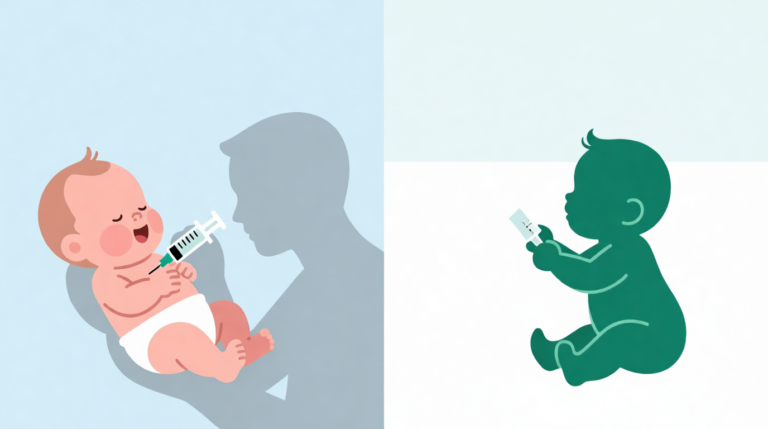
Global Health Inequities Slashing Lifespans by Decades, WHO Warns
A new report by the World Health Organization (WHO) reveals that the root causes of poor health often lie outside the healthcare system — including inadequate housing, limited education, and lack of job opportunities. These social and economic factors, collectively known as social determinants of health, can drastically reduce healthy life expectancy, sometimes by decades, across both high- and low-income nations.
The 2025 World Report on Social Determinants of Health Equity finds that these inequities are responsible for significant disparities in lifespan. In extreme cases, individuals in countries with the lowest life expectancy live, on average, 33 years less than those in countries with the highest. The report emphasizes that such determinants have a greater impact on health outcomes than genetics or access to medical care.
“Our world is an unequal one. Where we are born, grow, live, work and age significantly influences our health and well-being,” said WHO Director-General Dr. Tedros Adhanom Ghebreyesus. “But change is possible. This report provides evidence-based strategies to help countries close health gaps and improve outcomes for all.”
Social Disadvantage Deepens Health Gaps
Health outcomes follow a clear social gradient — the more disadvantaged a person’s circumstances, the poorer their health and the fewer years of healthy life they can expect. The report also highlights how discrimination and marginalization compound these disparities. For example, Indigenous Peoples consistently face lower life expectancy than non-Indigenous populations in both wealthy and developing countries.
This is WHO’s first global assessment of health equity since 2008, when the organization outlined targets to close health gaps by 2040. The 2025 update warns these goals are unlikely to be met.
Despite limited data, the report shows that health inequities are widening within many countries. Children in poorer nations are 13 times more likely to die before the age of five compared to those in wealthier nations. Modelling suggests that closing this gap could save 1.8 million young lives every year in low- and middle-income countries.
Maternal health disparities are also stark: while maternal mortality has declined globally by 40% since 2000, 94% of maternal deaths still occur in low- and lower-middle-income countries. Women from marginalized groups, even in wealthy nations, face higher risks — with Indigenous women in some regions up to three times more likely to die in childbirth. Higher maternal mortality is also closely linked to gender inequality and practices like child marriage.
Tackling the Root Causes
WHO identifies several urgent challenges driving these inequities — from income inequality and structural discrimination to conflict and climate change. Climate disruptions alone are expected to push up to 135 million people into extreme poverty in the next five years, worsening health outcomes.
Currently, 3.8 billion people lack access to adequate social protections such as paid sick leave or child benefits. Meanwhile, high debt burdens are undermining the ability of the world’s poorest countries to invest in critical health and social services. Interest payments by the 75 poorest countries have quadrupled in the past decade.
A Call for Collective Action
WHO urges governments, civil society, academia, and the private sector to join forces to address the systemic drivers of poor health. Key recommendations include:
- Investing in social infrastructure and universal public services to reduce economic inequalities;
- Eliminating structural discrimination and supporting communities affected by conflict, displacement, and emergencies;
- Integrating health equity into climate and digital policies to ensure co-benefits across sectors;
- Empowering local governance and community engagement to ensure resources and decision-making power reach the most affected populations.
By aligning efforts across sectors and prioritizing action on social determinants, WHO believes countries can make meaningful progress toward closing the health equity gap and improving life expectancy for all.




